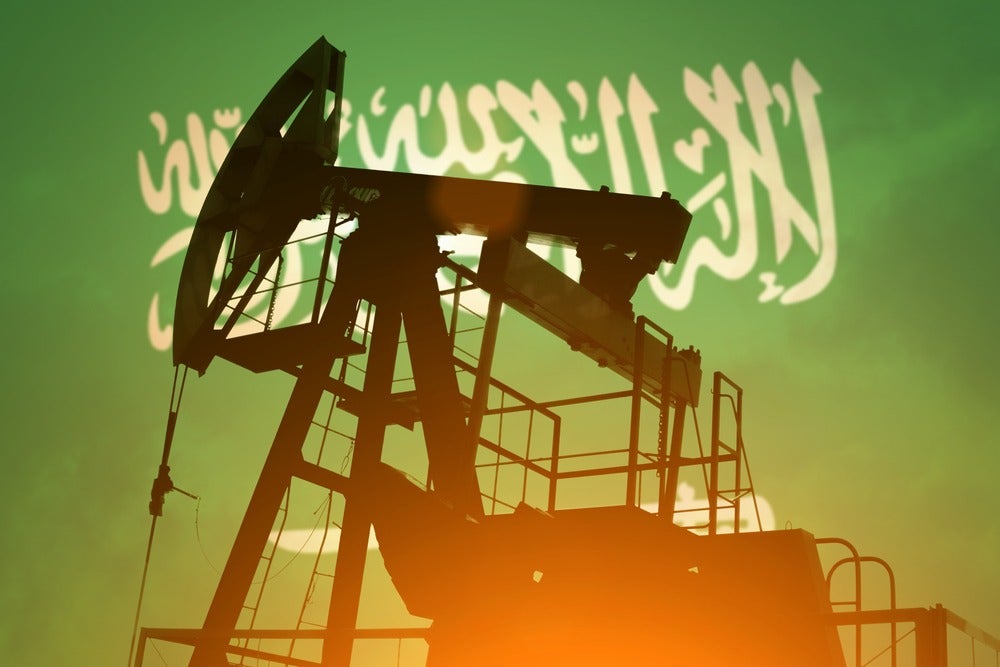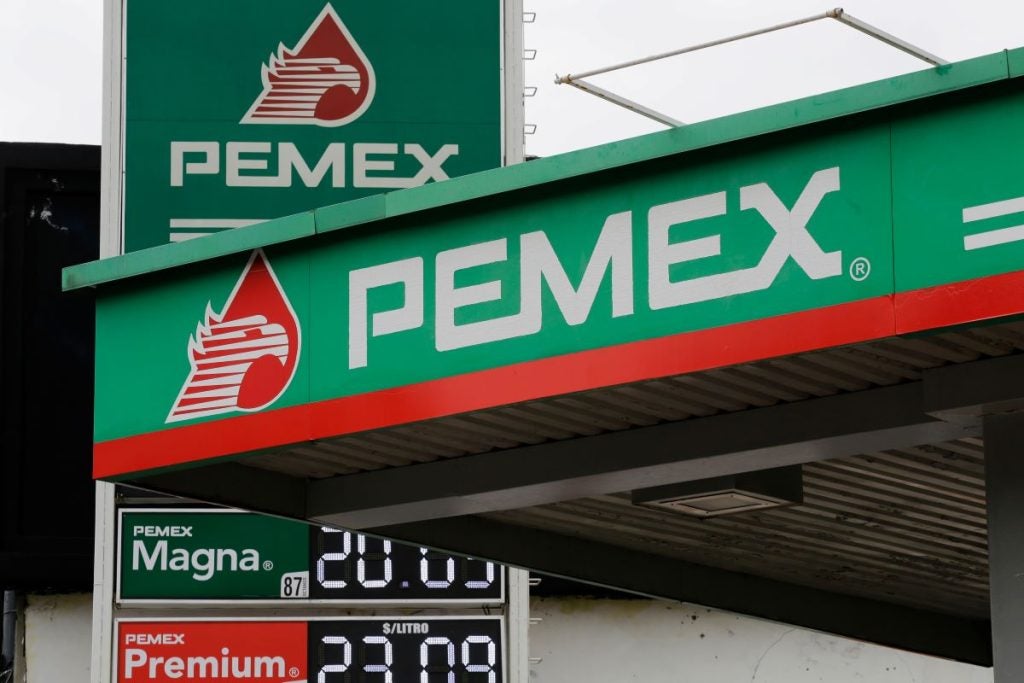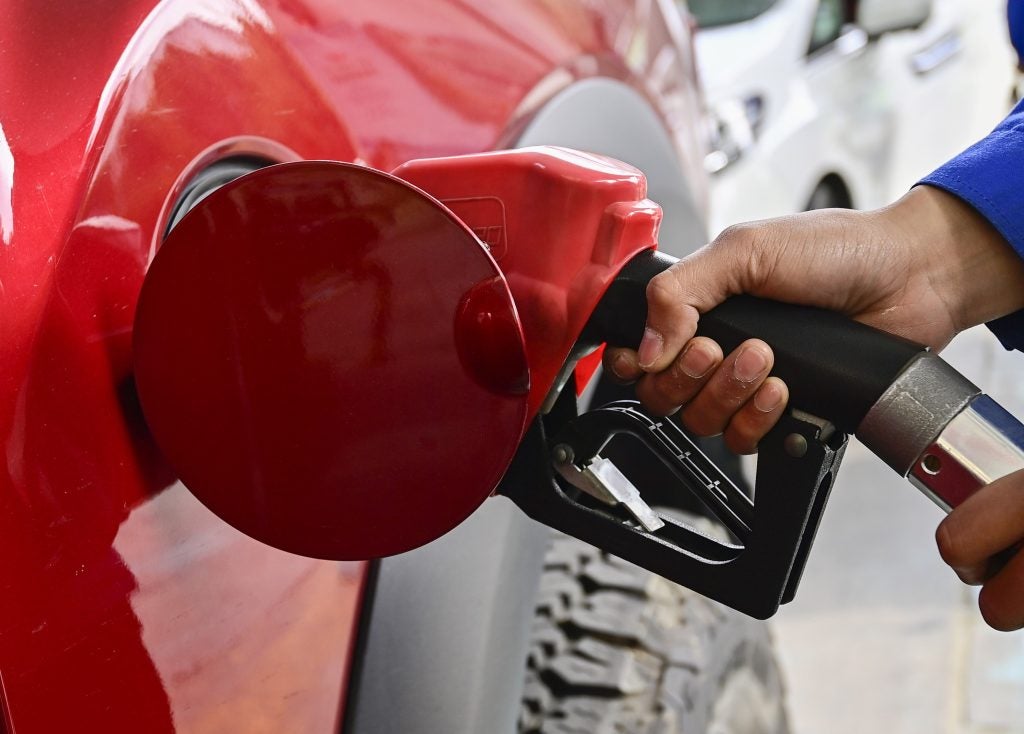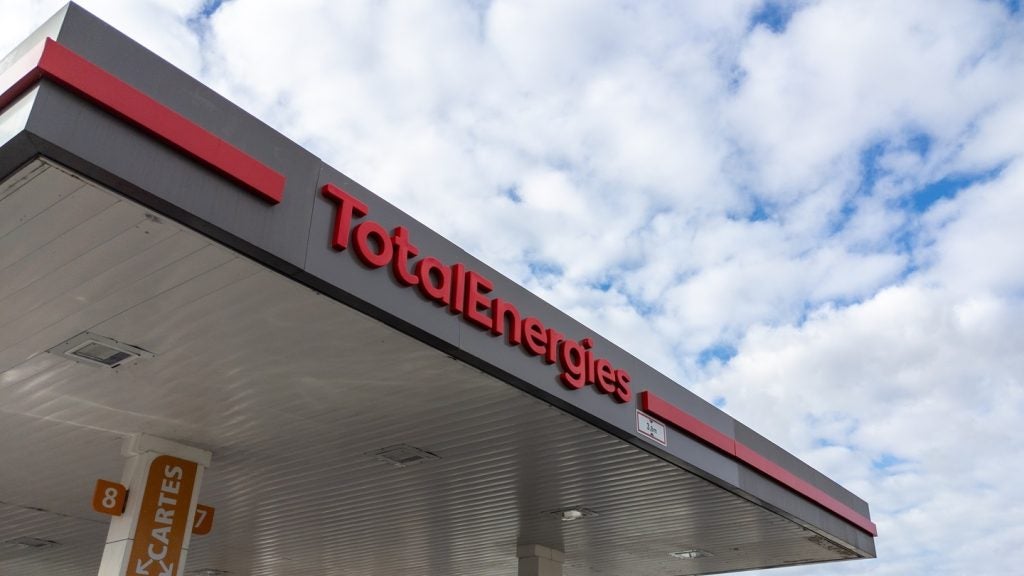A spate of foreign project agreements reinforces the sense of a concerted downstream strategy at play by Saudi Arabia’s state-owned oil company.
Saudi Aramco currently runs around 1 million barrels a day (b/d) of wholly owned domestic refineries, along with another 1.9 million b/d from domestic joint ventures. This will rise to 3.3 million b/d upon completion of the new 400,000 b/d Jizan refinery later this year.
Furthermore, plans are gathering speed for another openly announced strategy for the Saudi state oil giant to raise its global refining capacity from 5.4 million b/d currently to between 8 million b/d and 10 million b/d.
There is also a deal signed jointly with the Abu Dhabi National Oil Company (Adnoc) to develop a $44bn refinery and petrochemicals complex on India’s western coast.
Construction of the 1.2 million b/d refinery is due to be completed by 2025 when it will provide feedstock for an integrated petrochemical complex capable of producing approximately 18 million tonnes a year of downstream products.
This will help lock-in a growing market for the kingdom’s crude oil and build a downstream footprint in one of Asia’s fastest growing consumer markets. Saudi Arabia already vies with Iraq as India’s top oil supplier, shipping around 31 million tonnes each month.
How well do you really know your competitors?
Access the most comprehensive Company Profiles on the market, powered by GlobalData. Save hours of research. Gain competitive edge.

Thank you!
Your download email will arrive shortly
Not ready to buy yet? Download a free sample
We are confident about the unique quality of our Company Profiles. However, we want you to make the most beneficial decision for your business, so we offer a free sample that you can download by submitting the below form
By GlobalDataInternational ambitions: South Africa and Pakistan
As of January 2019, Aramco has taken several new steps to expand its international presence, including talks over the development of two new refineries to help the kingdom capture new markets.
One of those is a new refinery project due to be built in South Africa, along with an integrated petrochemicals complex, Saudi Arabia’s energy minister Khalid al-Falih was quoted saying on 19 January. He promised more details in due course.
The second is a new $10bn refinery project planned for Pakistan’s Arabian Sea port of Gwadar, which is key to the China-Pakistan Economic Corridor (CPEC).
This multibillion-dollar programme of highways, power plants, ports, railways, and oil and gas pipelines runs the length of Pakistan and is envisaged, under China’s wider Belt and Road Initiative, as a means of turning Pakistan into a major overland route linking western China to international markets.
During a visit to the allocated Gwadar refinery site on 12 January, Al-Falih told reporters: “Saudi Arabia wants to stabilise Pakistan’s economic development through an oil refinery and partner with Pakistan as it gears up for the China-Pakistan Economic Corridor.”
Situated near the Iranian border in the restive Balochistan province, Gwadar is relatively far from Pakistan’s main demand centres but has a deep-water port that makes it a perfect hub for the oil products trade.
Pakistan officials have said a memorandum of understanding could be signed during a visit by Saudi crown prince Mohammed bin Salman in the first week of February. This would follow the $6bn financial aid package already promised by Riyadh in October during a visit by Pakistan’s Prime Minister Imran Khan, who has been avidly courting investment from the Gulf.
Unknown motives and big political giveaways
Yet the terms of Saudi Arabia’s assistance are unclear.
“Pakistan needs financial support. The question is why are both Saudi Arabia and the UAE being so generous,” says Simon Henderson, Director of Gulf and Energy Policy Analysis at the Washington Institute, a US think-tank. “What do they want in return? There will be inevitable speculation about a nuclear angle. In the case of Riyadh, this is plausible.”
He continues: “I am puzzled by the Gwadar refinery project. Refineries are usually built either near an oil field or near the market. The port is a long way from either.”
And he is not the only sceptic about the project. One former adviser to Aramco said there were not enough details available to make a proper assessment of the scheme.
“The refinery landscape is littered with non-starters. The cost could run up to $20 billion. That’s a big political giveaway without commercial reasons,” the adviser said.
Potential explanations
There is the possibility that Aramco would seek a joint venture partner for the refinery, as it did with the planned new refinery at Ratnagiri on India’s western coast – where it will be joined by Abu Dhabi National Oil Company (Adnoc) – and three Indian oil companies.
Given Pakistan’s strategic relations with China, it could make sense as a means for a Chinese partner, using Aramco crude and transporting refined products overland, to distribute products to China’s more remote western provinces.
But as one Chinese oil analyst explained: “I don’t think there is room to absorb supplies from Pakistan. The closest regions to Pakistan are Xinjiang and Tibet. There are two or three refineries in Xinjiang, which is a main oil and gas production area in China and self-sufficient, while Tibet needs supplies from outside, but is under development, so its demand is small.”
It is also possible that Pakistan itself features on the radar of state-run Chinese oil companies as a market for refined products and petrochemicals.
At present, the country has a total refining capacity of just under 400,000 b/d from six refineries, and relies on imports of another 200,000 b/d of products, mainly from the Gulf, to meet domestic demand.
This would fall in step with Aramco’s push to develop refineries and petrochemicals plants in key demand growth areas, with the presumed intent of cultivating captive foreign markets to cement its role as a major product exporter in the coming decades.
Strategic acquisitions
On 28 January, Saudi Aramco further strengthened the thrust of its plans by announcing the plan to invest $1.6bn in acquiring a 19.9 per cent stake in Hyundai Oilbank Company, South Korea’s smallest refinery, from its parent company Hyundai Heavy Industries (HHI) – adding to its 64.3 per cent stake in S-Oil Corp, South Korea’s third-largest refinery operator.
And the company is expected to continue shopping for refining assets as it looks for captive markets.
The kingdom has already invested heavily in overseas ventures – both in long-standing markets such as the US, Japan and South Korea – and in growth markets like China. It is now turning its attention to other Asian consumers, reflecting shifts in global oil demand dynamics.
The oil major, which already owns Motiva, the biggest US oil refinery, plans to invest an additional $10bn in the company’s 600,000 b/d Port Arthur refining complex, Amin Nasser, the CEO of Aramco, told the World Economic Forum in Davos on 22 January.
Along with securing long-term crude supplies, another driver could be Riyadh’s well-publicised ambition to go public.
The company’s downstream investments are underrepresented, representing only a third of what it produces – a much lower ratio than the oil majors Aramco wants to compete with. Greater downstream integration would also provide a key hedge against low oil prices for the Saudi economy.
This article is sourced from Power Technology sister publication www.meed.com, a leading source of high-value business intelligence and economic analysis about the Middle East and North Africa. To access more MEED content register for the 30-day Free Guest User Programme. https://www.meed.com/registration/










Related Company Profiles
Aramco
& S Oil CO
Power Technology Inc
Motiva
Hyundai Heavy Industries Co Ltd